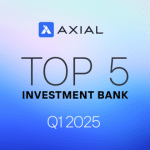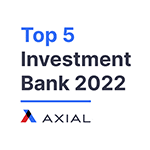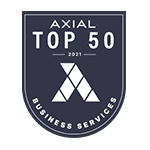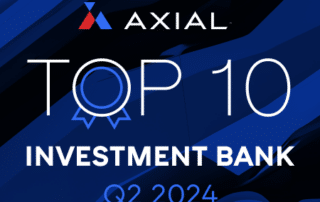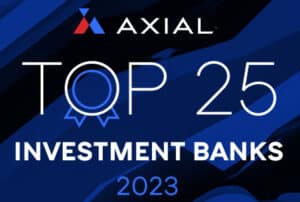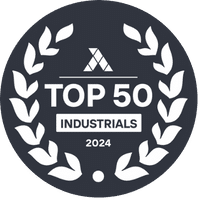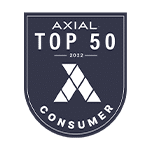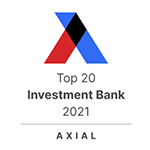
2025 Technology Disruption in Aerospace, Space and Defense Manufacturing
What middle market business owners must know to protect and grow enterprise value
The numbers are staggering and they are accelerating
The U.S. Defense Budget for FY2026 is approximately $1 trillion, Global Commercial Aerospace spend is estimated at almost $500 billion and Space spend is estimated to be around $700 billion. These are big numbers, and manufacturing is a large component of those numbers.
The Aerospace, Space and Defense (ASD) manufacturing sector is experiencing rapid transformation driven by technological innovation, evolving global threats and shifting market demands. Manufacturers are adopting new methods and materials, leveraging digital technologies, and rethinking supply chains to stay competitive and resilient in a dynamic global environment. I have outlined some of the trends here and how an owner of a business in the sector might refine a strategy from these insights.
1. Digital Transformation and Industry 4.0
ASDD manufacturers are rapidly adopting IIoT, AI, digital twins, advanced robotics, and additive manufacturing. For middle market companies, these technologies are now table stakes. By adopting these new technologies, you can see high valuation in the next M&A wave.
2. Advanced Materials and Lightweighting
The pursuit of lighter, stronger, and more durable materials continues to drive research and development in ASD manufacturing. Advanced composites, such as carbon fiber-reinforced polymers, and new metal alloys are being used to reduce the weight of aircraft and defense vehicles, improving fuel efficiency and performance. The adoption of these materials also supports sustainability goals by lowering emissions.
3. Supply Chain Resilience and Localization
Recent global disruptions have highlighted the importance of resilient and agile supply chains. ASD companies are diversifying suppliers, increasing inventory buffers, and investing in digital supply chain management tools to enhance visibility and responsiveness. There is also a trend toward localizing production to mitigate risks and comply with government policies favoring domestic manufacturing.
4. Automation and Smart Factories
Automation is accelerating across ASD manufacturing, with the deployment of collaborative robots (cobots), automated guided vehicles (AGVs), and smart assembly lines. These technologies increase throughput, reduce human error, and improve workplace safety. Smart factories, powered by real-time data and machine learning, enable manufacturers to monitor performance, predict maintenance needs, and optimize resource allocation.
5. Cybersecurity Prioritization
As digitalization increases, so does the risk of cyber threats. ASD manufacturers are prioritizing cybersecurity, implementing robust protocols to protect intellectual property, operational systems, and supply chain data. Compliance with evolving security standards and collaboration with government agencies are essential to safeguarding critical infrastructure.
6. Customization and Modular Design
There is a growing demand for customized and modular ASD products. Modular design allows manufacturers to quickly adapt platforms for different missions or customer requirements, reducing time-to-market and lifecycle costs. This trend is especially notable in military vehicles, unmanned aerial systems (UAS), and satellite technologies.
What’s Your Next Move?
Strategic Options for Middle Market ASD Owners
The ASD manufacturing sector is at the forefront of technological and operational transformation. By embracing digitalization, advanced materials, supply chain resilience, automation, cybersecurity, and modularity, industry leaders are positioning themselves for long-term success in a rapidly changing global landscape.
Here are three paths most owners are taking and the questions you need to answer now:
- Invest & grow independently
- Become a consolidator
- Monetize at today’s peak valuations
Key questions FOCUS can help you answer now:
- What does your growth trajectory and margin profile look like over the next 3–5 years?
- Who are your top 5 customers, how long have they been with you, and are you single- or dual-sourced?
- What proprietary processes, certifications, or niches truly set you apart?
- How long do you want to stay post-transaction?
- Is there a management team that can run the business without you?
The owners who start planning earliest, whether to build, buy or sell, are the ones walking away with life-changing outcomes.
FOCUS bankers have worked on over 30 ASD manufacturing transactions and are available to provide a complimentary and confidential assessment to any owners of businesses in the sector. If you are interested in a confidential conversation about your business, please reach out to me at [email protected].





